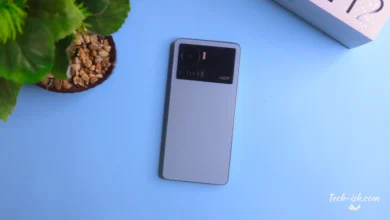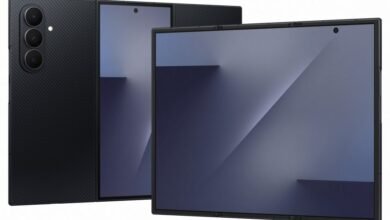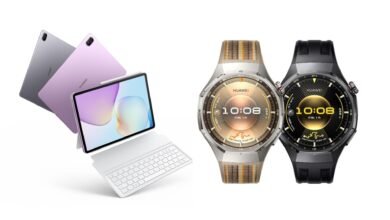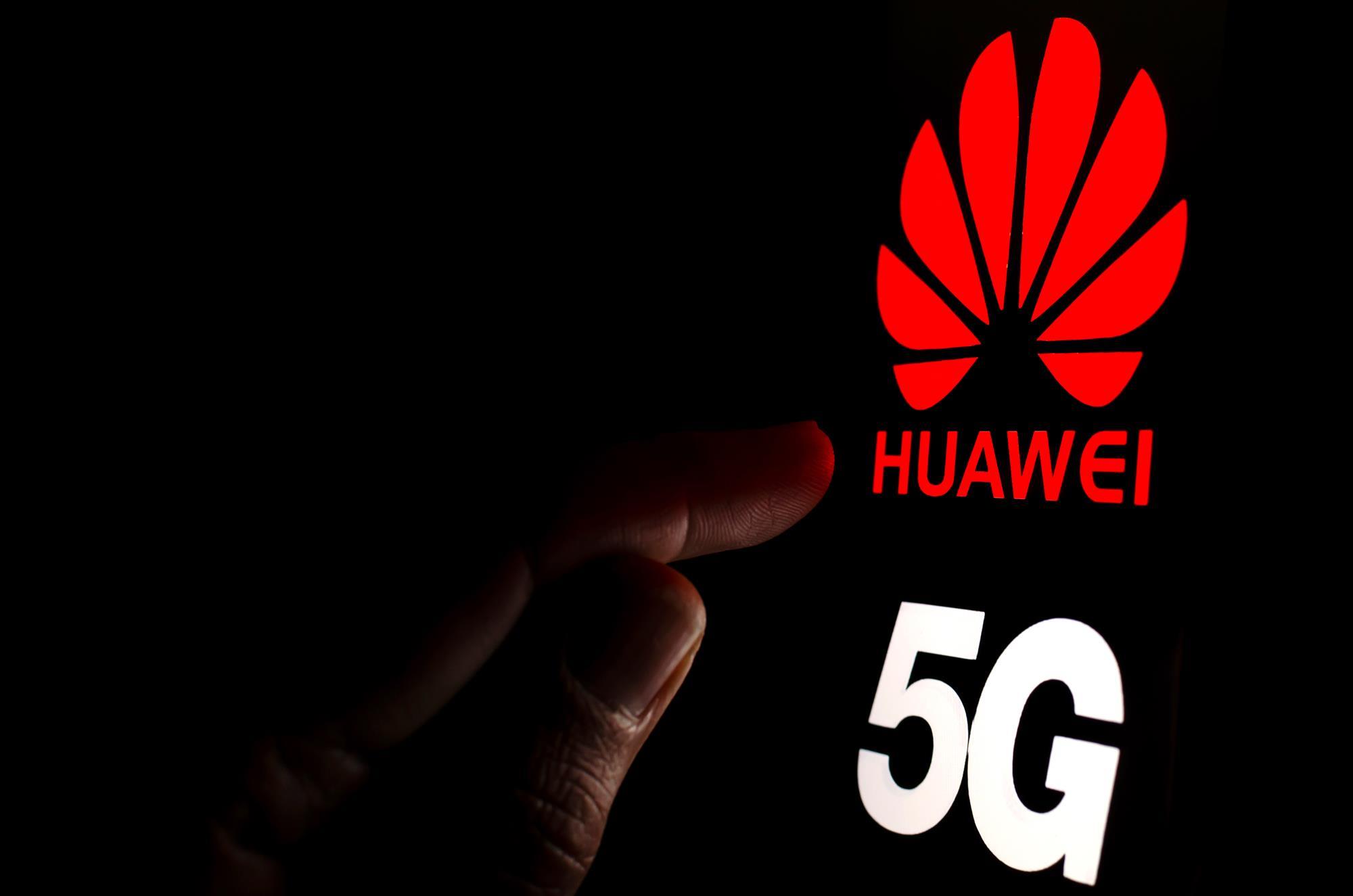
After numerous unsubstantiated rumors, Huawei has officially announced their new open source Operating System called HARMONY.
At the Huawei Developer Conference, Huawei introduces to the world HarmonyOS which the company has described as “a new microkernel-based, distributed operating system designed to deliver a cohesive user experience across all devices and scenarios.”
Huawei says we can expect HarmonyOS 1.0 in smart screen products that will launch later this year. So maybe the next Huawei flagship will run HarmonyOS? Over the next three years, Huawei says HarmonyOS will be optimized and gradually adopted across a broader range of smart devices, including wearables, and head units for your car.
Richard Yu, CEO of Huawei’s Consumer Business Group, explained the company’s thoughts behind developing this new OS. “We’re entering a day and age where people expect a holistic intelligent experience across all devices and scenarios. To support this, we felt it was important to have an operating system with improved cross-platform capabilities. We needed an OS that supports all scenarios, that can be used across a broad range of devices and platforms, and that can meet consumer demand for low latency and strong security”
“HarmonyOS is completely different from Android and iOS. It is a microkernel-based, distributed OS that delivers a smooth experience across all scenarios. It has trustworthy and secure architecture, and it supports seamless collaboration across devices. You can develop your apps once, then flexibly deploy them across a range of different devices.”
HarmonyOS is a lightweight, compact operating system with powerful functionality, and it will first be used for smart devices like smart watches, smart screens, in-vehicle systems, and smart speakers. Through this implementation Huawei aims to establish an integrated and shared ecosystem across devices, create a secure and reliable runtime environment, and deliver a holistic intelligent experience across every interaction with every device.
Huawei says since 10 years ago they envisioned a future where intelligence would seamlessly integrate with all aspects of our lives, and it began exploring how it might deliver this experience – one that would transcend the boundaries of physical space and span different hardware and platforms.







